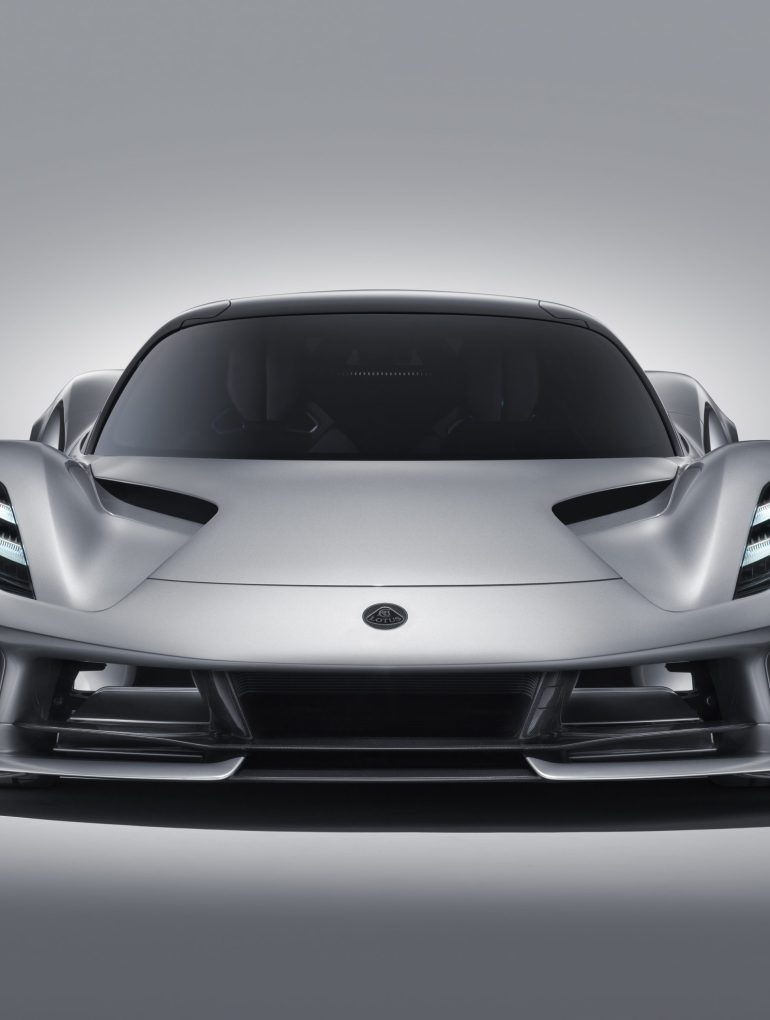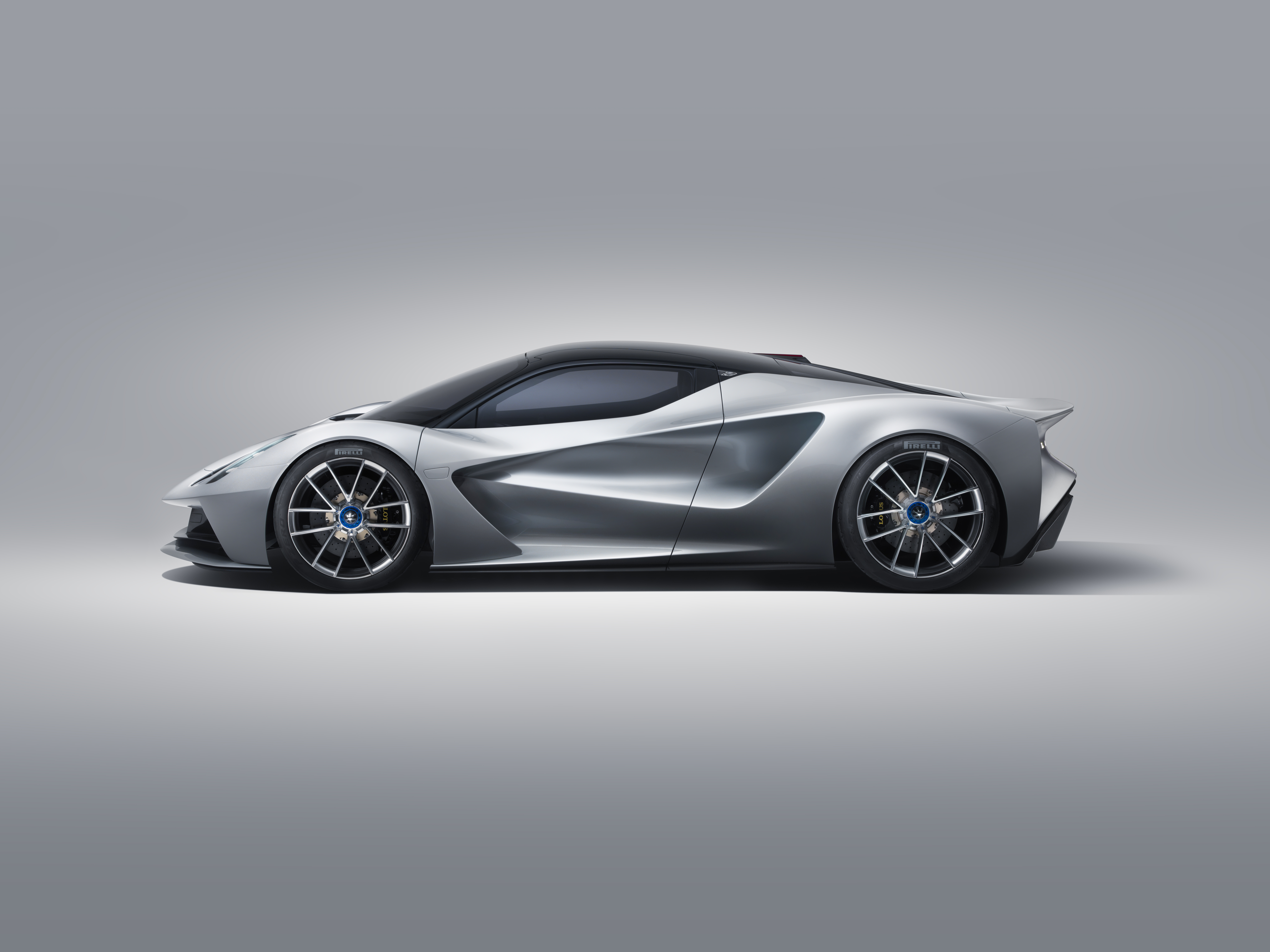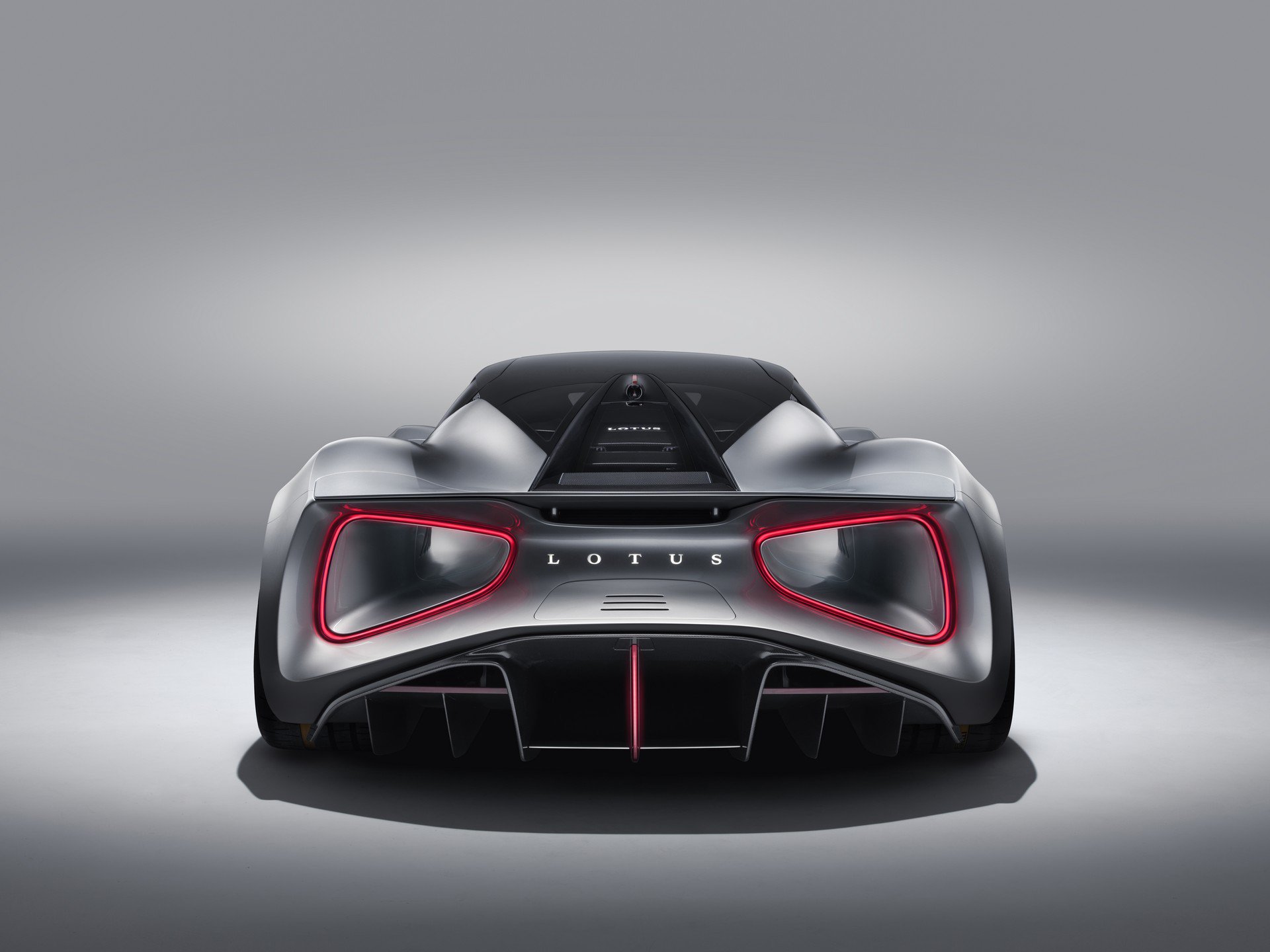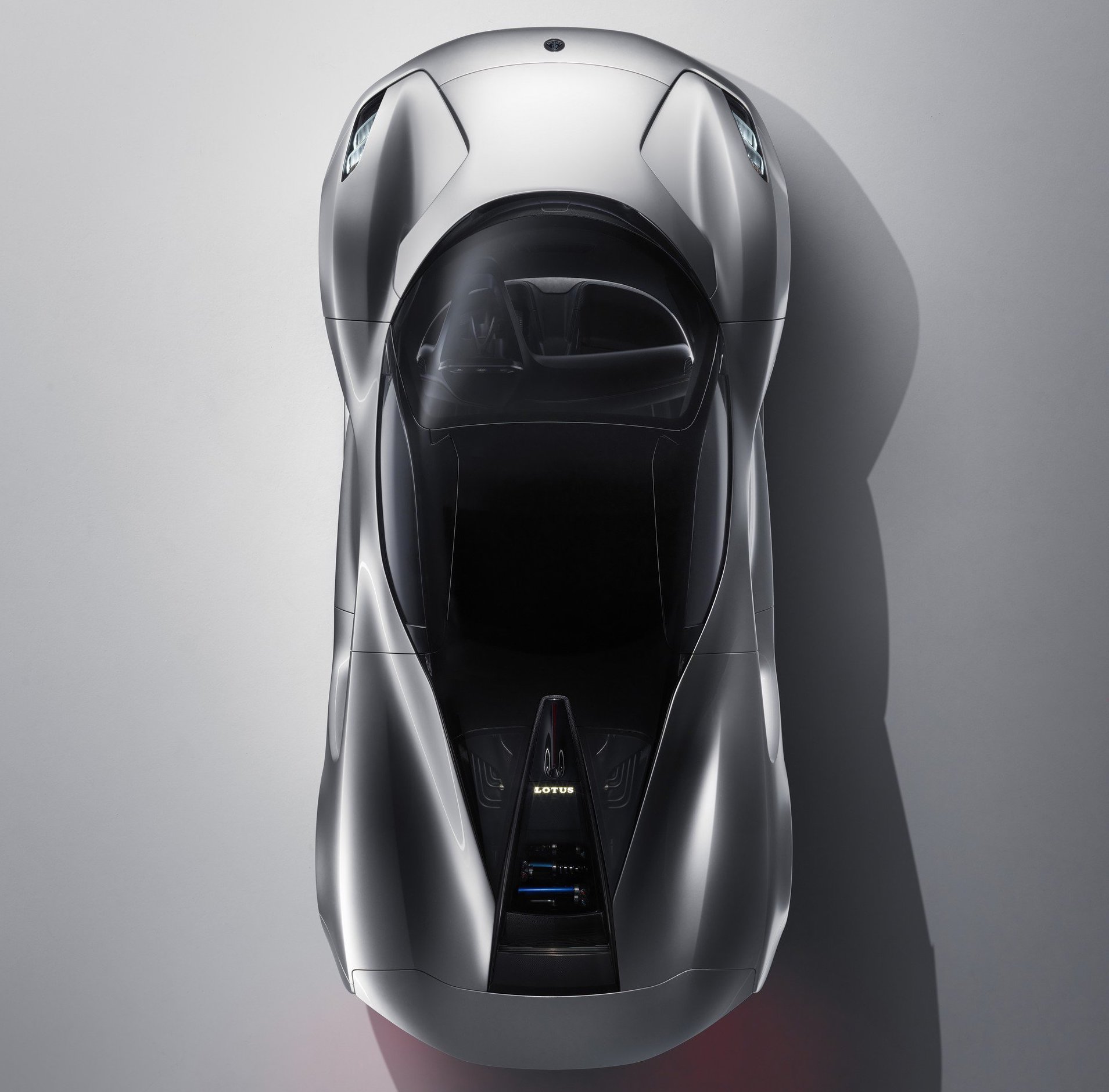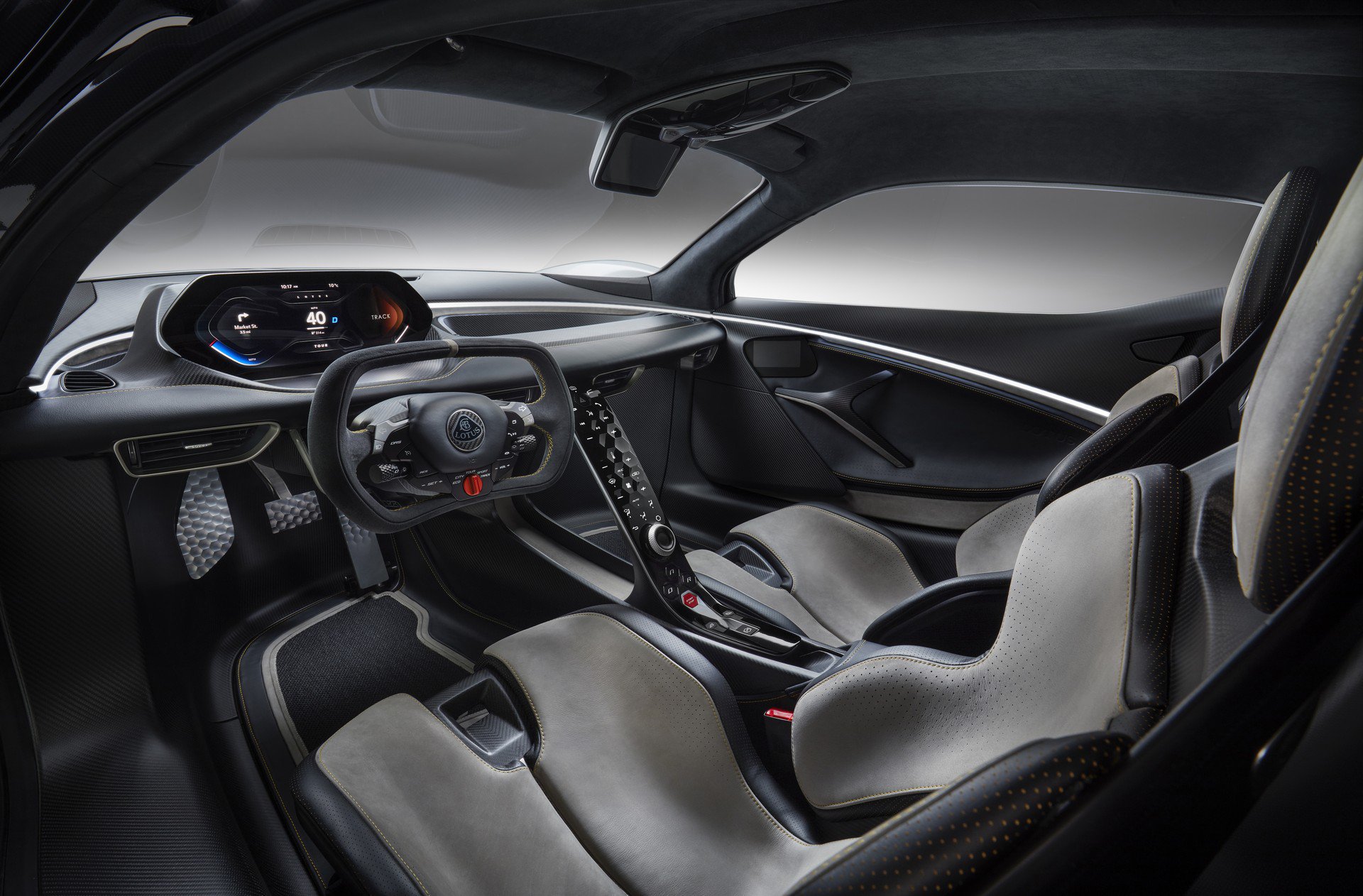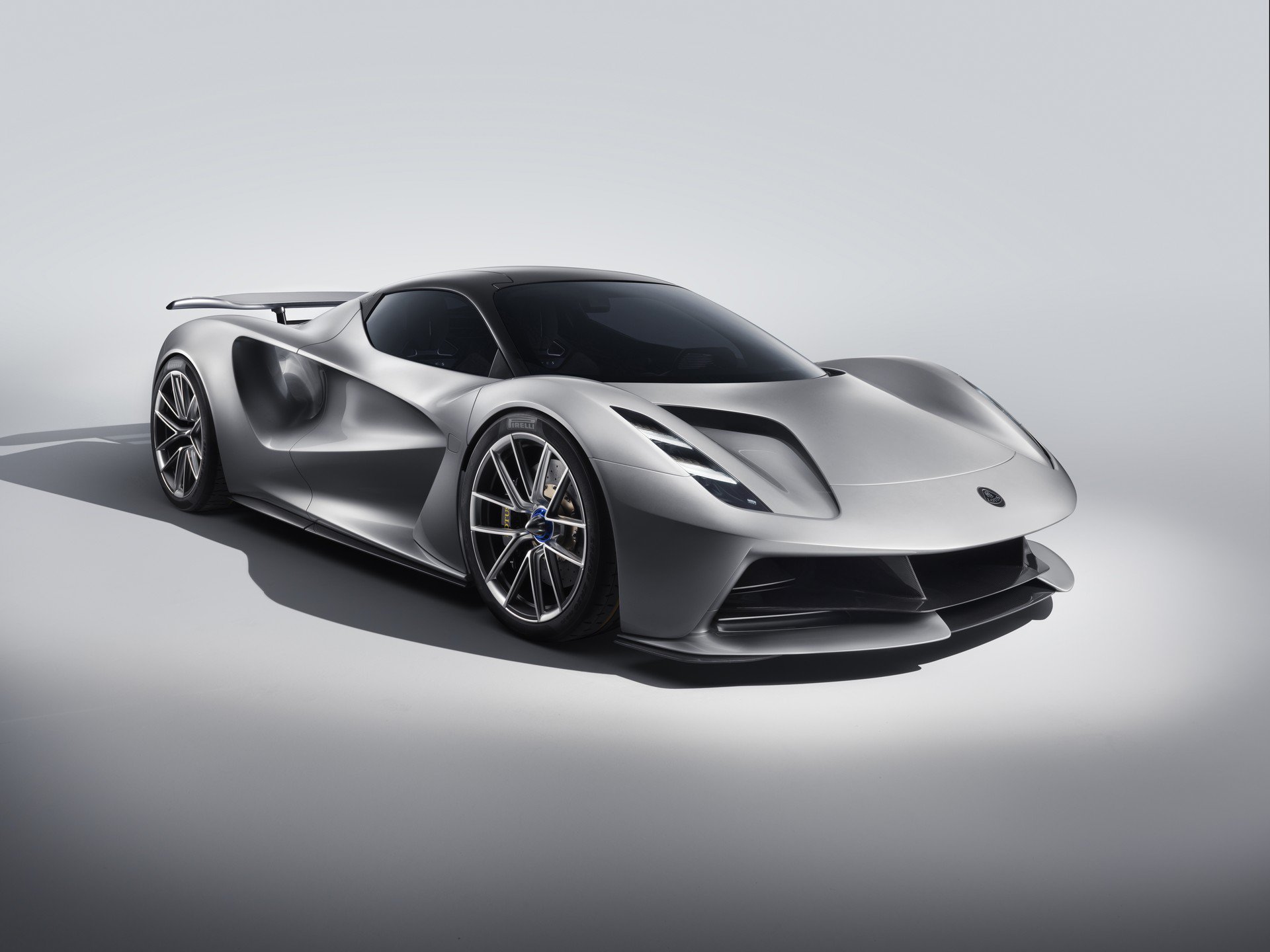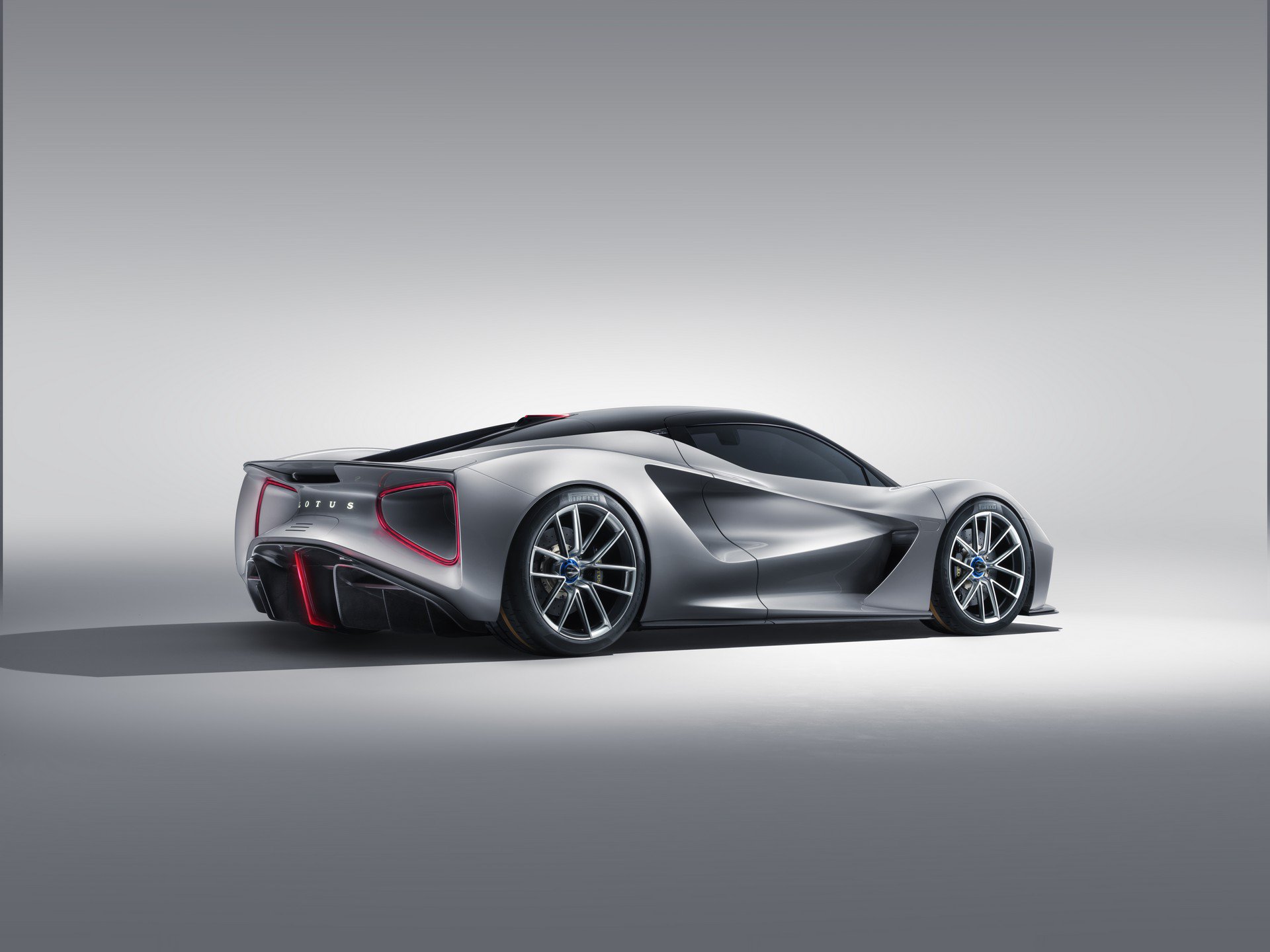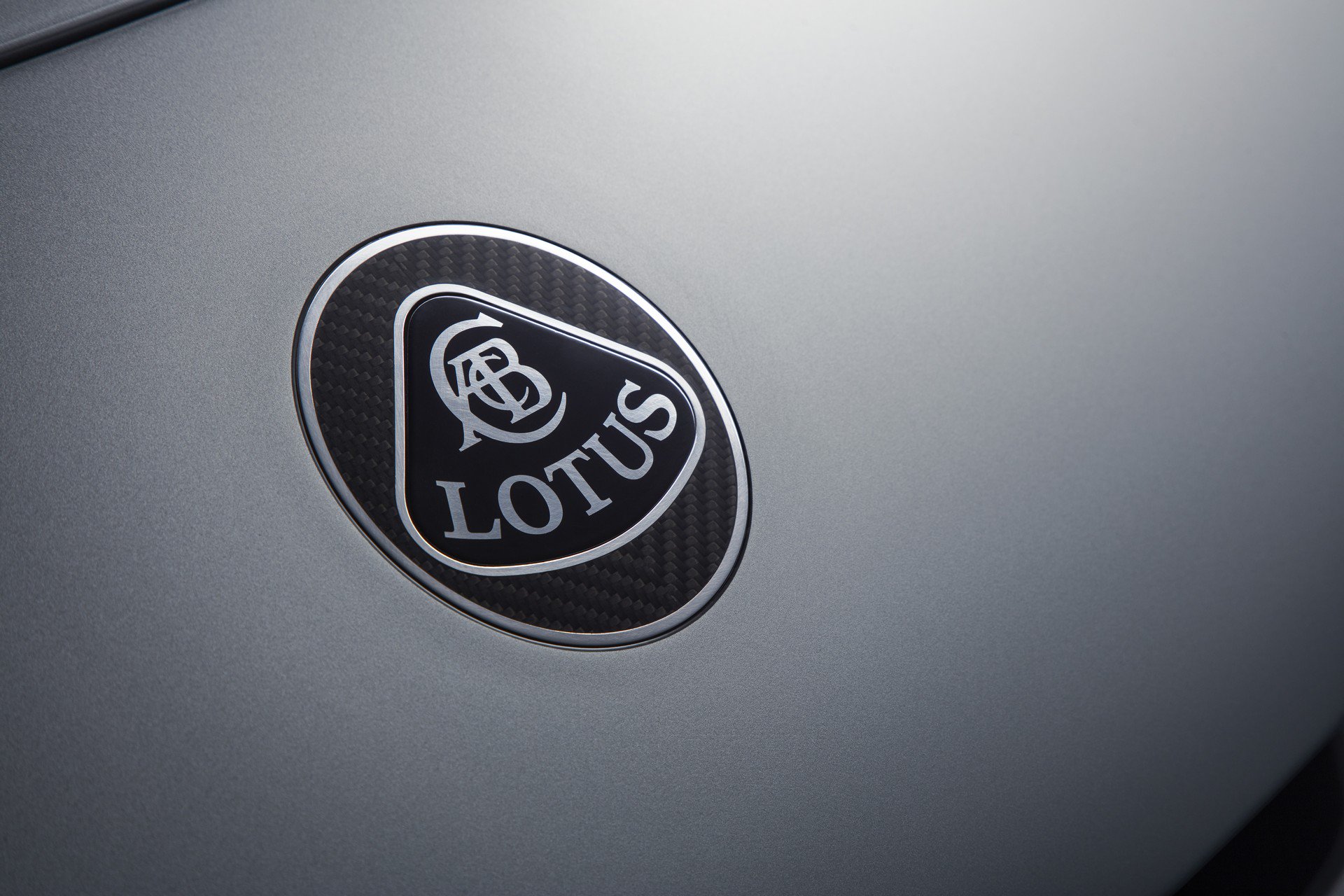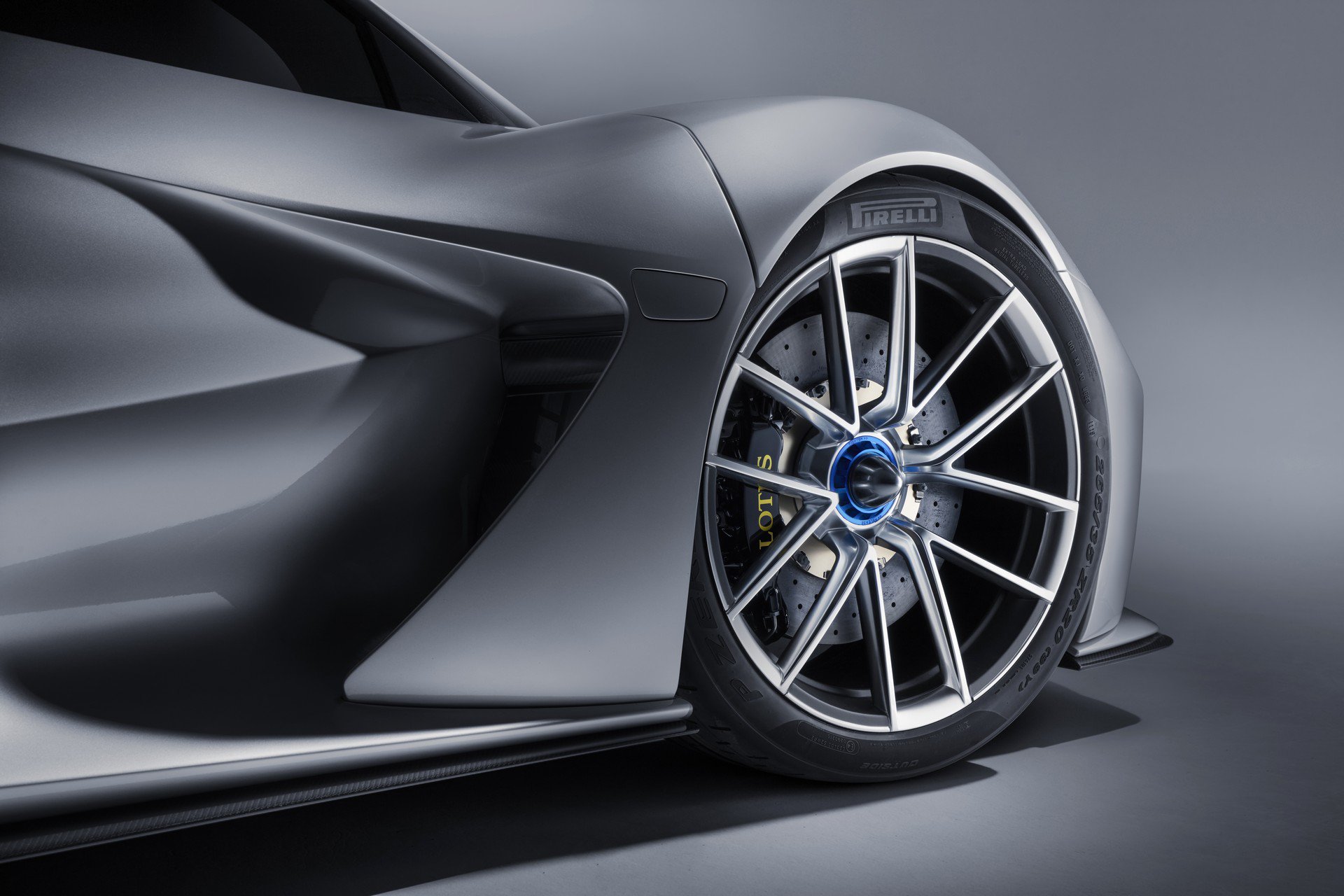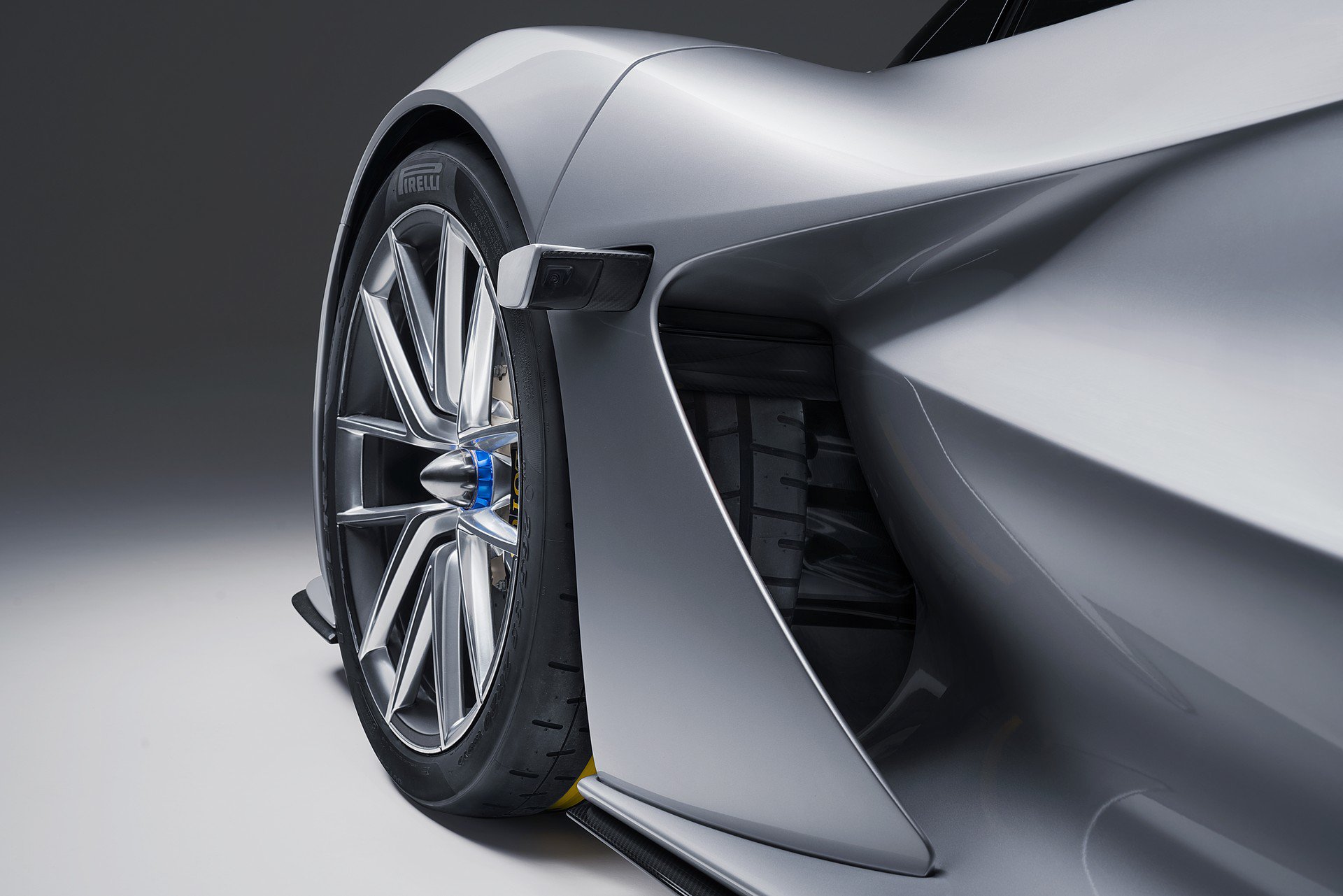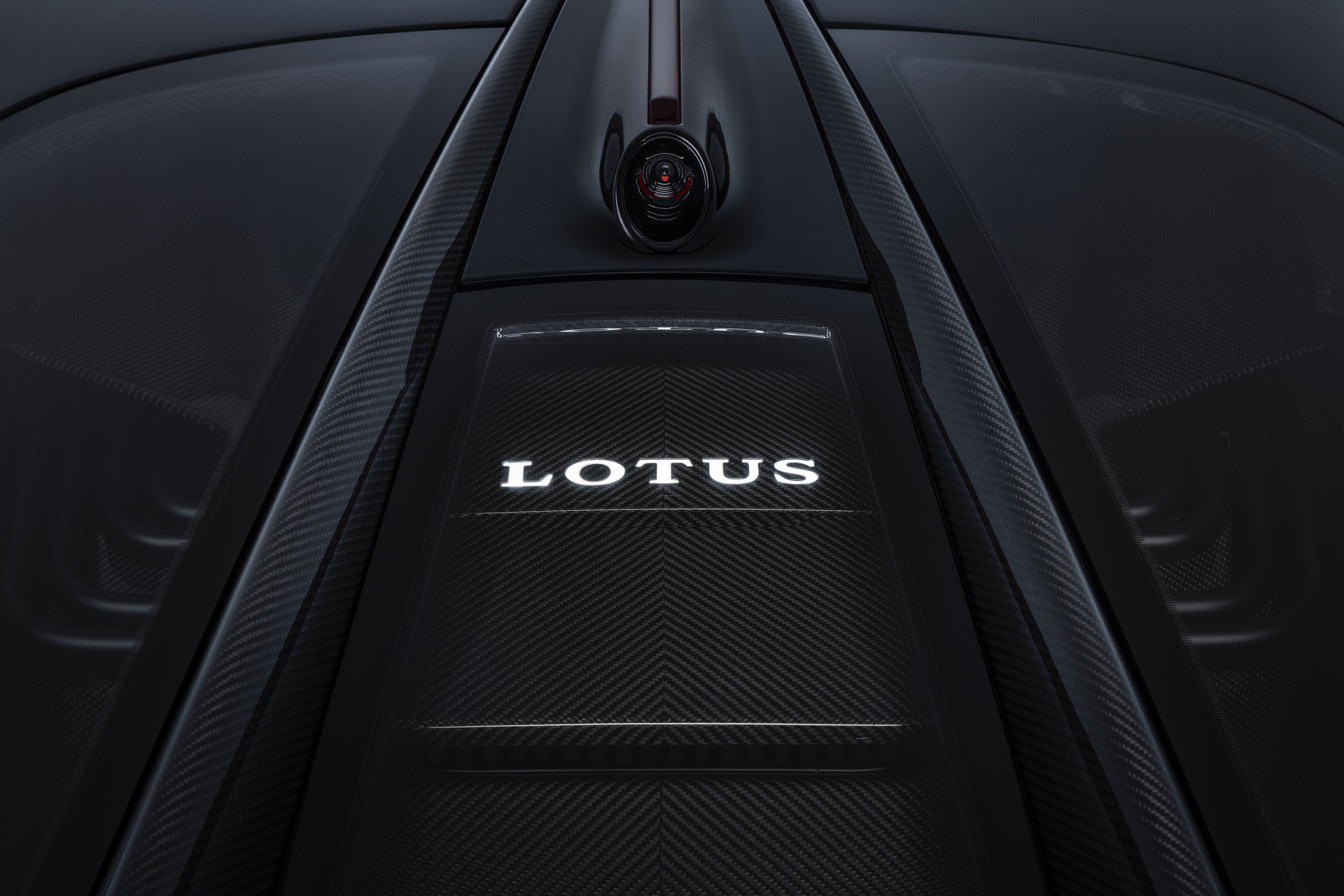Lotus, the storied British car brand best known for its Elise and Evora sports cars, unveiled the ultra-exotic Evija earlier today. In addition to giving the much-teased “Type 130” a proper nameplate, the Evija is also notable beyond the grandeur that its specifications provide: the all-electric hypercar is also the first car released by the brand since its purchase by Geely Automobile Holdings a year ago.
And what a car it is.
Big Numbers
Lotus has been hyping the Evija, going as far as saying that the Evija will be a mind-blowing supercar. That’s a direct quote from Lotus CEO Phil Popham, by the way. In 2019, you only successful blow minds with number and specs that keep (ultra-rich) enthusiasts jaws glued to the floor.
In that respect, Lotus isn’t playing around. The Evija really is something incredible.
Claimed 2020 Lotus Evija Specifications
| Horsepower | 1,973 hp / 1,471 kW |
| Range | 250 miles |
| Time to full charge (w/ 350kW charger) | 18 minutes |
| Time to full charge (w/ 900kW charger) | 9 minutes |
| Target curb weight | 3,700 lbs / 1,680 kg |
| MSRP | $2.1 million |
- 1,973 horsepower / 1,471 kW
- 250-mile range
- 18-minutes to fully charge (with a 350kW charger)…
- … 9-minutes to a full charge on an 800kW charger
- Target curb weight of 3,700 lbs (1,680 kg)
- A pure electric 4WD drivetrain
Sadly, the only small number tied to the Evija is its production cap, which is pegged at 130 examples.
Target Performance Specifications
You’d be correct to think that the power behind the Evija would push it to be capable of some amazing things, and according to Lotus, you’d be right.
| 0-60 mph | Under 3 seconds |
| 0-186 mph | Under 9 seconds |
| Top speed | “In excess of 200 mph / 320 km/h” |
As you can see, the Evija is no joke of an electric hypercar. In many ways, it’s lived up the hype from the company’s CEO. The car features two electric motors to achieve its power output, and the battery is placed in the middle of the car where a typical internal combustion mid-engine car would have its beating heart, meaning this helps with weight distribution.
The electric motors are sourced from Integral Powertrain Ltd, and feature helical gear ground planetary gearboxes that are extremely slim. The gearbox and motor are all packaged together into one cylindrical unit for each drive unit, meaning it’s all quite compact and lightweight.
An Exterior Design Like No Other
Looking at the Evija is one thing. The car features a seriously beautiful design, but it’s about more than looks with this car. The model features curves, creases, and vents unlike any other car on the road. At the rear of the Evija, there are dramatic Venturi tunnels through each rear quarter. This not only directs airflow properly but provides a dramatic look for the Evija that is unexpected and more than welcome.
According to Russell Carr, Design Director, Lotus Cars, the company looked a Le Man’s race cars use airflow. It’s not just about getting air to push the car in one direction. “We studied how Le Mans race cars use airflow creatively to go over, under and around the vehicle, but also through it,” Carr said.
The Evija is the first car to feature a single-piece carbon fiber chassis that weighs just 284 pounds. That’s insanely lightweight. The vehicle sits a mere four inches above the ground. The car also features active aerodynamic elements including an integrated air diffuser that extends from the B-pillar to the rear of the car. There’s also an active rear spoiler that is flush to the rear of the car whenever it’s not in use.
Additionally, the car features no side mirrors further reducing drag. Instead of side mirrors, the car gets cameras placed in the front wings of the car. There’s also a camera built into the roof of the car providing a rearview for the driver. Images from these cameras are displayed on three different cameras inside the car.
A Motorsports-Inspired Interior
The interior of the Evija is minimal, futuristic, and driver-focused. The cabin features a special “floating wing” dash. This is just one of the elements that give the car a futuristic feel on the inside. The doors of the car are two dihedral doors. These doors feature no door handles and can be operated by the key fob.
Inside the cabin, you’ll see more carbon fiber than you know what to do with. The car features two seats that feature a thin metal band that has the words ‘For The Drivers’ engraved on it.
Lotus sought to feature the perfect balance between a track car and a road car on the inside of the Evija. This means the car has a minimal, driver-focused interior design but with plenty of what you expect in a road car. There’s a single large screen in front of the driver that has everything you’ll need.
The seats are trimmed in thick Alcantara-finished pads and offer adjustment. The steering column is adjustable for both rake and reach and features a unique race-car-like design. Three-point seat belts are standard but Lotus will provide four-point harnesses if wanted.
In the center of the dash is the drive mode selector, which can transition the car from Range, City, Tour, Sport, and Track. The differences between the modes should be pretty self-explanatory. Within the infotainment system of the car is Apple CarPlay and Android Auto as well as connection to the cloud for over-the-air updates for the car.
In addition to all of this, Lotus is offering customers the chance to wholly personalize their cars. The company is offering marquetry-style badging for all of the Evijas. Lotus can inlay metal elements into the carbon fiber keeping the meal inlay flush with the surface of the carbon fiber. This allows for unique customization opportunities.
As we said above, the company plans to only build 130 examples of the car. Each one will run $2.1 million and demand a deposit of $310,177. That’s a lot of money, but this is a car like no other.


